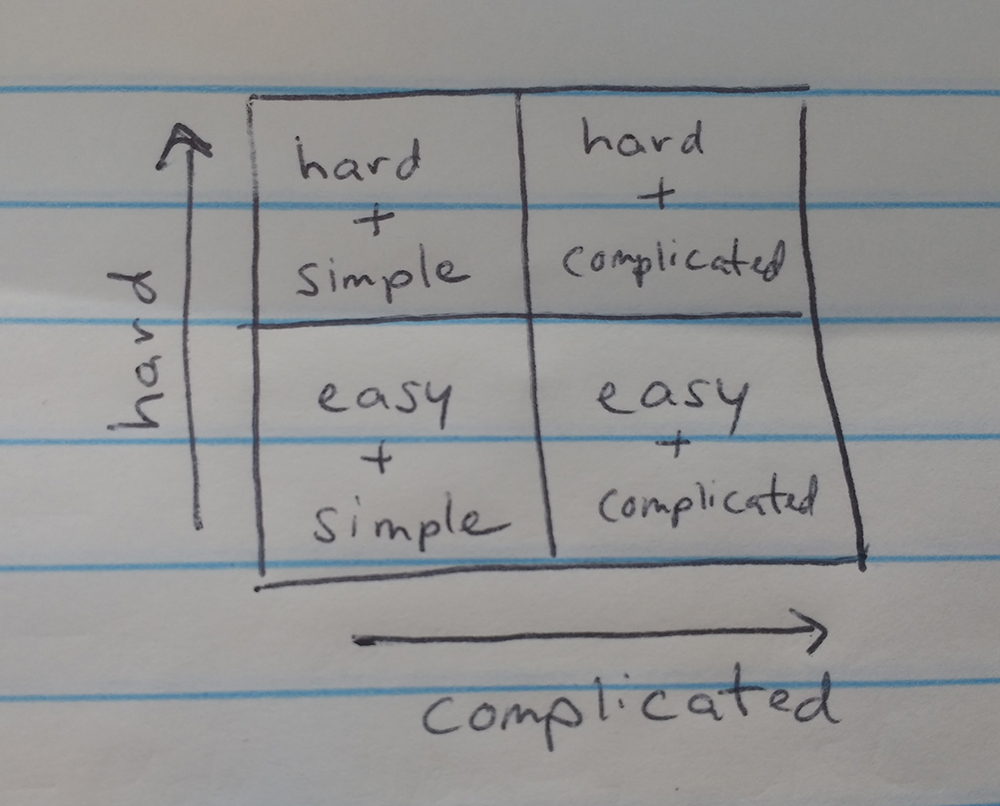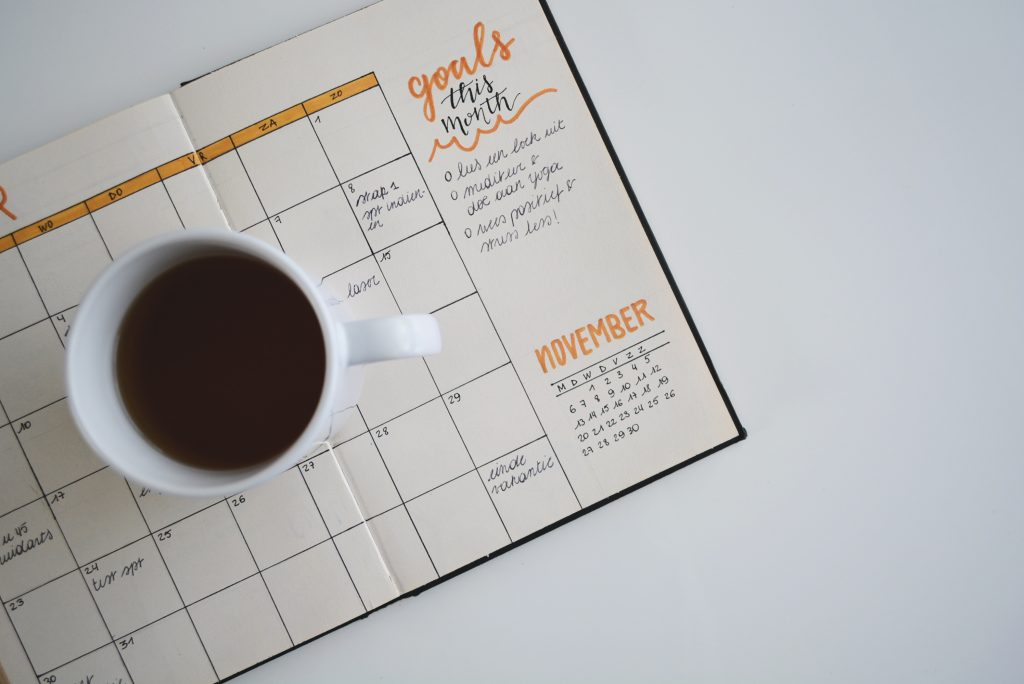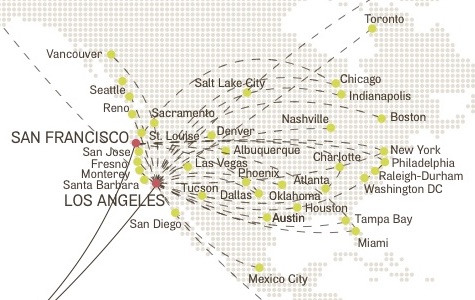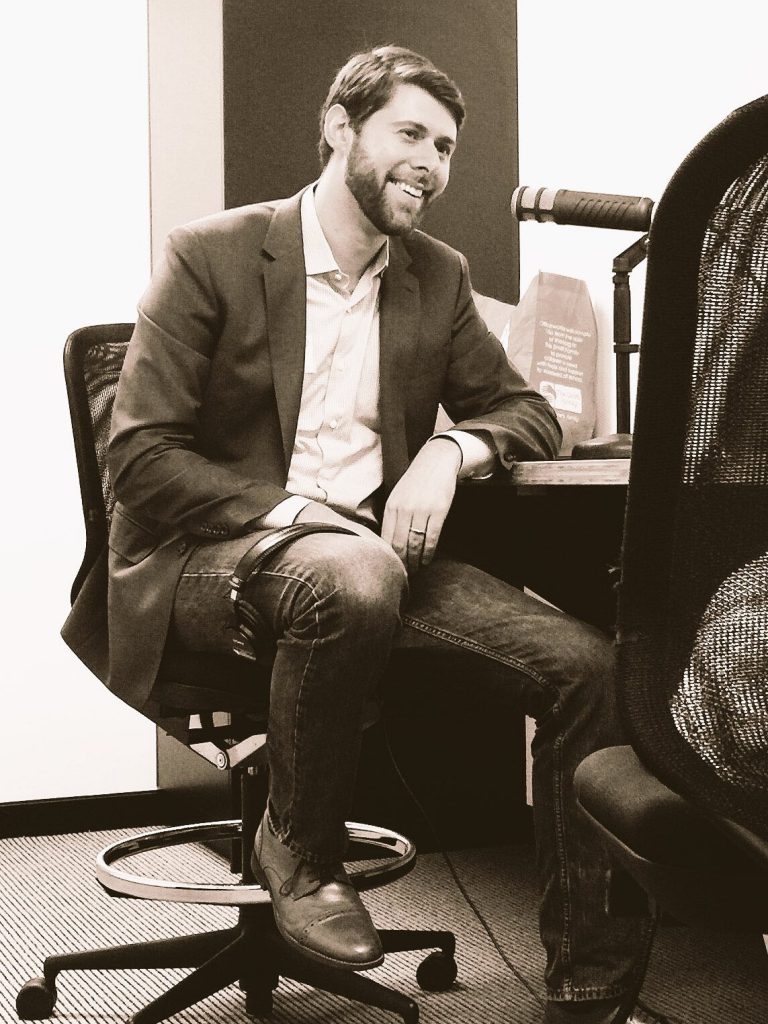Here’s something I’ve been told: You can do work well, or you can do work quickly — but you can’t do both.
I don’t think that’s true.
I believe you can learn how to do quality work with speed. The way to get there is through process.
If routines are the habits that individuals use to get through their day efficiently, then processes are the series of routines that a team uses to accomplish a goal quickly. Think of those processes as an assembly line of tasks — each member of the team has a specific set of responsibilities within that process. The goal is handle those tasks as quickly as possible, and move things along to the next person to handle their role. If everyone does their job, good work gets done quickly.
When you’re building out a team, you’re doing more than just hiring. You’re actually building out the processes for that team to do its work. And every time those processes get put into action, you start to see the gaps — what isn’t covered, what needs refining. There are always holes to plug, and always ways to move through the tasks more efficiently.
When things go wrong, sit down with your team and talk about your setbacks: What happened last time? What got lost in the process? What do we need to do better? Who can own those new tasks?
Over time, by creating these processes and putting them into practice, and by tweaking the processes when things go wrong, you start to accomplish quality work quickly.
Here’s what I believe: You can’t go fast when you’re working alone, and you can’t go fast when you’re working with a group but not truly working together.
But when you build out those series of steps to work together, you can do quality work, and you can do it with speed. That’s the power of process.
———
That photo of a crew team — each with a key role in the process to make their boat move as fast as possible — was taken by Matteo Vistocco on Unsplash,








